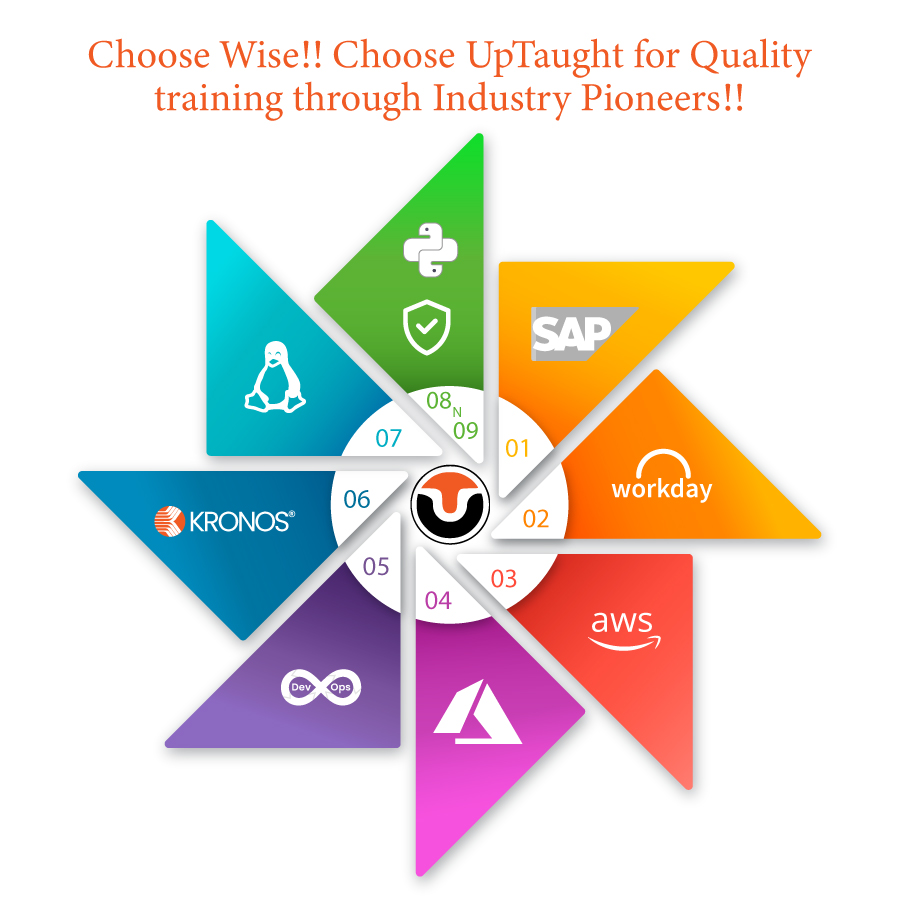In today’s data-driven world, the ability to analyze and visualize data effectively is crucial for success in any organization. How to start Power BI is a vital topic for beginners who want to harness the power of this robust business analytics tool. Many individuals struggle with understanding complex data sets and translating them into actionable insights. By learning how to start Power BI, you can create interactive dashboards and reports that empower decision-making and enhance organizational performance. This blog post will guide you through the basics of getting started with Power BI, its features, and practical examples to help you on your journey.
Table of Contents
Understanding How to Start Power BI
What is Power BI? Power BI is a business analytics service provided by Microsoft that enables users to visualize data and share insights across their organization or embed them in an app or website. It connects to various data sources, allowing users to create interactive reports and dashboards without needing extensive technical skills. For beginners, understanding the core components of Power BI is crucial for effectively utilizing this powerful tool.
The Importance of Learning How to Start Power BI
- User-Friendly Interface: One of the key advantages of Power BI is its intuitive interface, which allows users with minimal technical expertise to create complex visualizations. According to Microsoft, over 97% of Fortune 500 companies use Power BI due to its accessibility and ease of use.
- Data Connectivity: Power BI can connect to a wide range of data sources, including Excel spreadsheets, SQL databases, cloud services like Azure, and many more. This flexibility ensures that users can access and analyze data from multiple platforms seamlessly.
- Real-Time Data Access: With Power BI, users can access real-time data, enabling organizations to make timely decisions based on the latest information. This capability is crucial in fast-paced business environments where quick responses are essential.
- Customizable Visualizations: Users can create a variety of visualizations tailored to their specific needs. Whether it’s charts, graphs, or maps, Power BI provides the tools necessary to present data in a clear and compelling manner.
- Collaboration Features: Power BI allows teams to share reports and dashboards easily, promoting collaboration across departments. This feature enhances transparency and encourages a culture of data-driven decision-making.
Understanding how to start Power BI is essential for anyone looking to leverage data analytics effectively in their organization.
How to Start Power BI: A Step-by-Step Guide
Getting started with Power BI involves several key steps that will set you on the path toward effective data analysis:
1. Install Power BI Desktop
- Overview: The first step in learning how to start Power BI is downloading and installing Power BI Desktop.
- Key Features:
- Free download available from the Microsoft website
- User-friendly installation process
- Value Proposition: Installing Power BI Desktop allows you to create reports and dashboards locally before publishing them online.
2. Connect to Data Sources
- Overview: Once installed, the next step is connecting to your data sources.
- Key Features:
- Ability to connect to various sources like Excel, SQL Server, SharePoint, and cloud services
- Data import options for both live connections and static datasets
- Value Proposition: Connecting to diverse data sources enables you to consolidate information into one platform for comprehensive analysis.
3. Transform Data with Power Query
- Overview: After connecting your data sources, use Power Query for data transformation.
- Key Features:
- Cleanse and shape your data using intuitive tools
- Remove duplicates, filter rows, and change data types easily
- Value Proposition: Transforming your data ensures that it is accurate and ready for analysis.
4. Create Visualizations
- Overview: With your data prepared, you can start creating visualizations.
- Key Features:
- Drag-and-drop functionality for building charts and graphs
- Variety of visualization options including bar charts, line graphs, pie charts, and maps
- Value Proposition: Creating visualizations helps convey complex information in an easily digestible format.
5. Build Interactive Reports
- Overview: Combine your visualizations into comprehensive reports.
- Key Features:
- Use slicers and filters for interactivity
- Add text boxes and images for context
- Value Proposition: Interactive reports allow users to explore the data dynamically based on their interests.
Real-World Results from Organizations Using Power BI
Many organizations have successfully implemented Power BI, leading to significant improvements in their operations:
- Example A: A retail company utilized Power BI dashboards to analyze sales performance across different regions. This led to a 20% increase in sales after identifying underperforming areas.
- Example B: A healthcare provider adopted Power BI for tracking patient outcomes. The implementation resulted in a 15% reduction in readmission rates due to improved patient care strategies.
- Example C: A financial services firm used Power BI for risk assessment reporting, enhancing compliance monitoring and reducing regulatory fines by 25%.
These success stories illustrate how leveraging effective Power BI for beginners can lead to measurable outcomes that enhance organizational performance.
Who Will Benefit from Learning How to Start Power BI?
Understanding how to start Power BI is beneficial for various stakeholders within an organization:
- Data Analysts and Business Intelligence Professionals: Individuals in these roles will find this knowledge invaluable as they seek to enhance their analytical skills.
- Managers and Team Leaders: Those responsible for overseeing projects can benefit from insights into how effective data visualization contributes to better team dynamics and productivity.
- Business Executives: Leaders looking to align technology investments with business objectives can gain insights into how effective analytics solutions contribute to overall organizational success.
Industries such as healthcare, finance, technology, manufacturing, and retail stand to gain significantly from employing professionals who are well-prepared in using effective analytics solutions like Power BI. By investing time in understanding these options and their benefits, individuals can expect improved job prospects and enhanced career growth.
Take Action Today!
Are you ready to explore how understanding how to start Power BI can transform your organization’s approach to data analytics? Start your journey today! For those eager to dive deeper into learning about Power BI, consider enrolling in courses offered by UpTaught. They provide comprehensive training designed specifically for beginners looking to master this powerful tool. Take advantage of exclusive discounts on your first enrollment!Investing in your education not only enhances your skill set but also empowers you to achieve greater efficiency and effectiveness within your organization. Transform your career today!





